Indie Games: Millennium Sequels (#2-5)
This review is for all the sequels following Millennium: A New Hope by Indinera Falls. The reason why I thought I should place them all in one space is that I played Millennium 2 to 4 for two days straight. In fact, I finished 2 to 4 in one day. Millennium 5 took me quite a few days of grinding, though.
The sequels are:
Millennium 2: Take Me Higher
Millennium 3: Cry Wolf
Millennium 4: Beyond Sunset
Millennium 5: Battle of the Millennium
Another reason I’m putting them all in one blog entry is that from 2-4, I didn’t notice any significant changes in gameplay or the mechanics. The look and feel are the same. The only biggest change is in the appearance of new characters, but this shouldn’t be a surprise since it had been the protagonist’s mission to find 13 warriors since the first game.
And um…the addition of shirtless, hot guys.
I did notice that majority of the map styles had changed from top-down to 2D platformer-esque. Don’t get me wrong, the maps are still pretty but they’re nothing compared to how Indinera Falls used to design maps. There are advantages and disadvantages to this change.
One disadvantage is that aesthetically speaking, it pales in comparison to his top-down maps. I don’t care if he uses RTP or Inquisitor’s tile sets. It’s how he uses these tiles to create such vibrant, larger-than-ife maps with such painstaking attention to detail that amazes me. I miss most of them. Another disadvantage: it feels strange that part of me expects to behave like I’m playing a platformer game, given the look. It’s disconcerting to feel the lack of control I have when navigating the new map styles.
The biggest advantage, though: less pointless mazes. Heh. The maps have become a bit more straightforward.
What I feel should have its own blog entry is Millennium 5, mostly because the biggest changes can be found here. Especially near the end, I felt like Indinera Falls suddenly had a massive increase in budget and now he can afford beautiful 2D art depicting the characters in visual novel like still cut scenes.
All Millennium games are enjoyable, but with 5, I encountered a bit of a problem in some of the dungeons/fields. Two, in particular, gave me massive headaches: Jungle Kawa Kawa and The Pit of Infinity.
It was the first time that a 2D game gave me nausea, so I took a screenshot to figure out why. Below is Jungle Kawa Kawa, and beautiful as it is, the weird lighting felt like it was created to give me epileptic seizures.
The Pit of Infinity, on the other hand, had lighting that constantly changes from light to dark and back. My solution was to switch to windowed mode and to turn all the lights on in my gaming area, just to remind my body that the real world is outside my computer. (I experienced something similar to motion sickness.)
Anyway, beyond that, I’d say that Millennium 5 was the most satisfying of them all. Let me just get to a few bugs.
Above: I visited this for the first time after surviving the Pit of Infinity and my protagonist, Marine, was alone. And yet, when I talked to this NPC, characters who were not in my party chimed into the conversation.
And this minor bug in the text margins. I also noticed that during the battle of the millennium, the font changed from normal sans serif to bold serif. I actually welcomed this change because I had a difficult time reading fonts that are too thin.
Now for the best parts of Millennium 5:
Salome. Hehe. She may not do much damage but her skills are super useful against difficult enemies. She literally makes them bleed, just enough for your other party members to concentrate on damage. Not to mention, she’s gorgeous!
I have got to hand it to Indinera Falls, though. He makes kick-ass female characters — like Karine and Jezabel — both in personality and usefulness in a party.
Next: the supposed villain, Lord Dragon. Indinera started fleshing him out in Millennium 2. In fact, I also began to find Marine annoying during this chapter because she becomes a whiny brat the moment you realize that Lord Dragon is not how she makes him seem.
The best part of this game: the finale in the form of a tournament. It’s like experiencing Yu Yu Hakusho or Flame of Recca in a game. Why is this the best part for me? The ending wasn’t quite what I expected. Highlight the next paragraph if you want to see spoilers: You need to lose with a score of 76-84 in order to get the best ending. I thought I needed to win, and I was so pissed at many of Lord Dragon’s team mates that I was determined to wipe the floor with their defeat. But nope. Winning will cause a civil war, and it is actually a logical scenario if you think about it. So I was able to see two endings, thank goodness that I only leveled up my characters until 80+. That made the final battle challenging and satisfying at the same time.
(At least the hateful villains I defeated repeatedly showed up in Steam achievements.)
I find it delightful, that the best ending was like that. I thought I could no longer be surprised, having played so many games and read so many books, but I am happy that I was. Millennium challenged my perception that games with definite endings must always be won. ^_- Sometimes, you just gotta pick your battles.
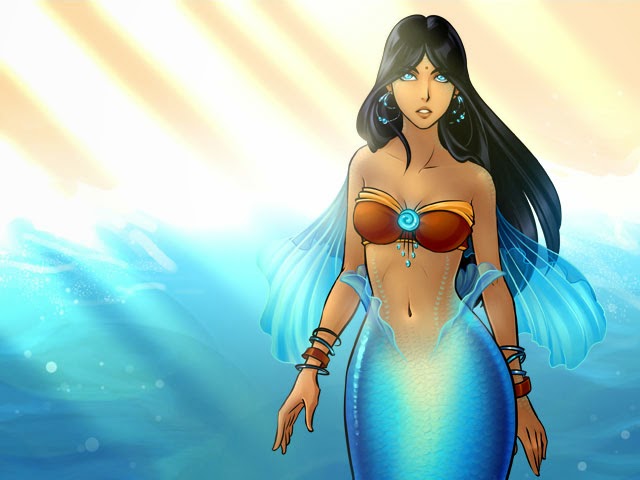
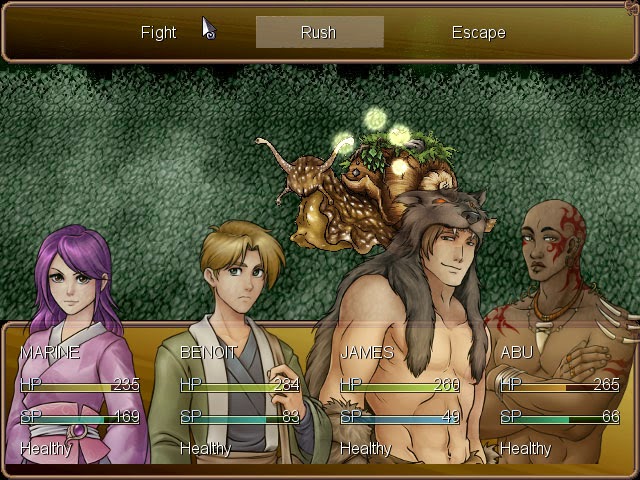
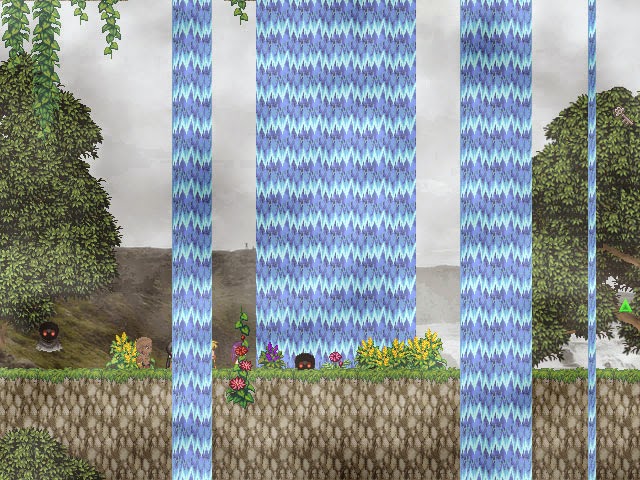
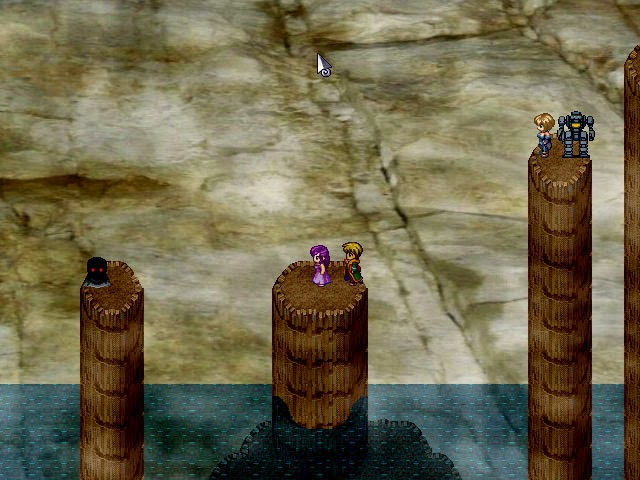
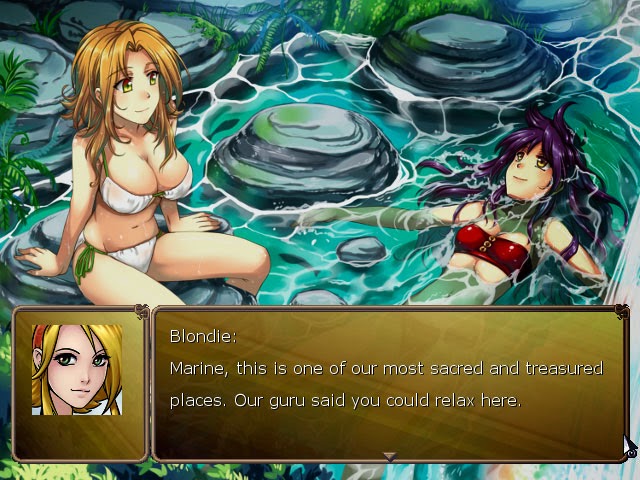
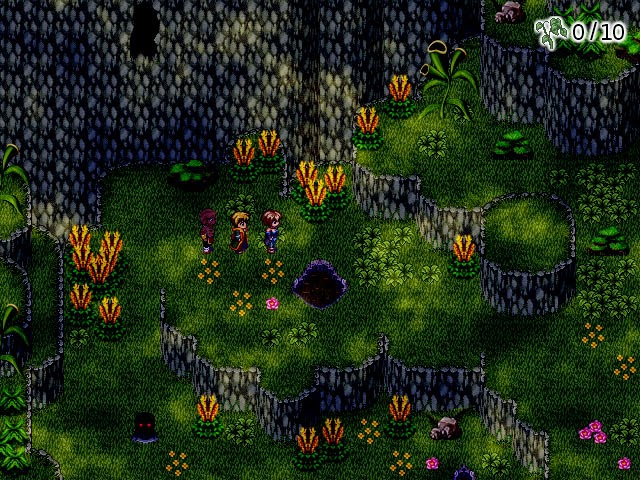
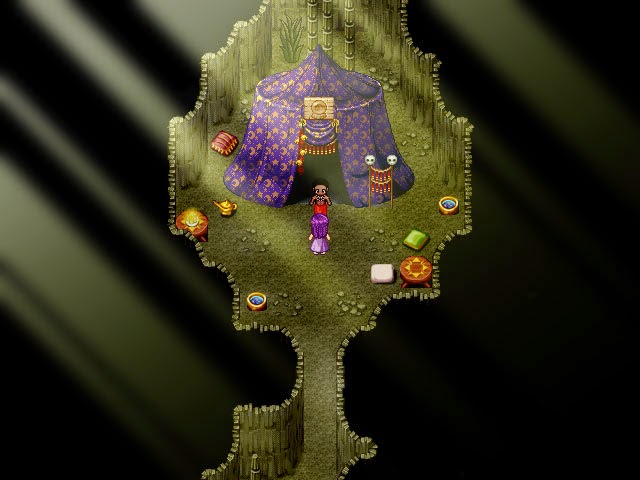
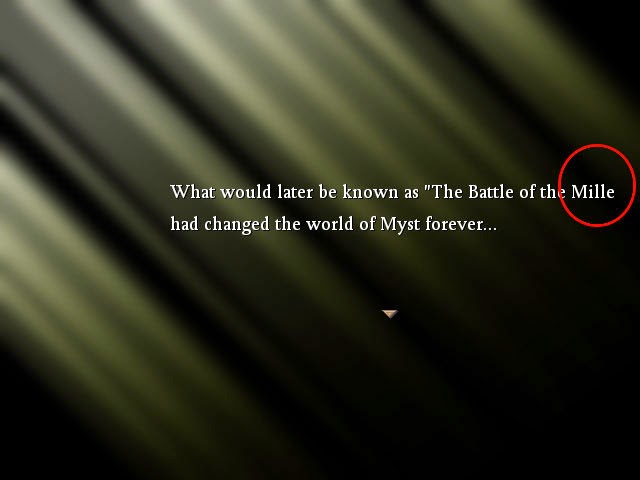
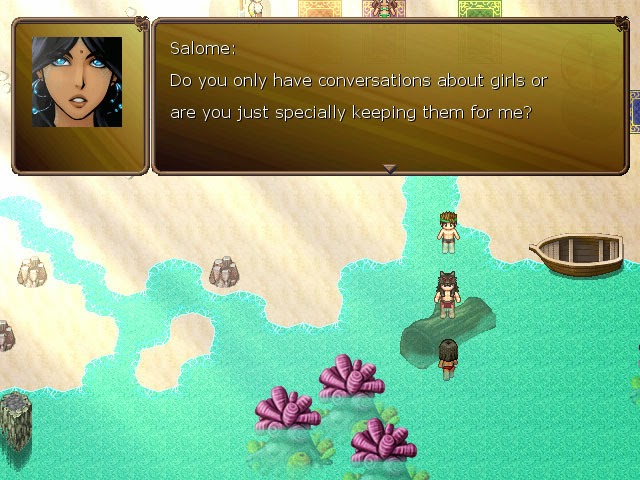


Leave a Reply